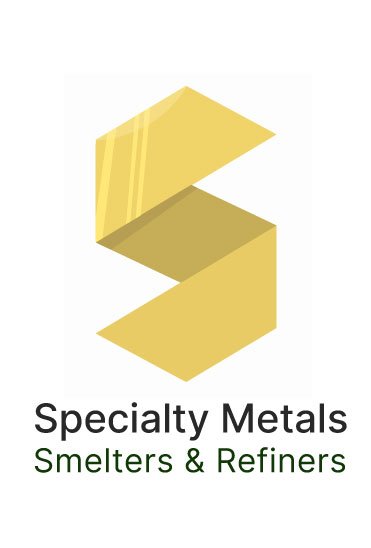How to Use Your Intuition When Hunting for Precious Metals
“When I was looking at a small box full of metal pellets, I just knew they were made of platinum,” says a man who has spent years investing in precious metals. “There were only about 25 of them, but something about them convinced me they were platinum beads that had probably been used in plating operations. So I bought them up, had them tested and sure enough, I was right.”
This ability to recognize platinum at a glance could be attributed to one of the following:
Intuition, meaning that somehow this man just sensed and knew what kind of metal he was looking at.
A trained eye, because he had seen enough platinum to know what he was looking at.
Knowledge, because he was bringing years of experience to the process of identifying those beads.
You could attribute this investor’s instant analysis to any of those factors. Of course, that man was not about to make a final classification of what he was looking at without sending those beads to Specialty Metals Smelters and Refiners for testing. But he was able to buy those beads of platinum scrap for a very low price and then make a nice profit from having them tested and processed by our precious metal refinery.
How Can You Develop Your Intuition for Recognizing Precious Metals that You Are Examining?
The ability to know at a glance what you are looking at is based largely on experience. After years of buying different kinds of precious metal scrap, you start to develop the ability to simply “know,” based on prior knowledge, what you are looking at. But that doesn’t mean you can’t take some positive steps to develop the ability, by using the following strategies.
Develop and Use Your Senses
Sight - Platinum, silver, and gold have a certain appearance, even when they have tarnished or been discolored by heat. So get in the habit of looking closely at all the different kinds of precious metal scrap you come across as you are looking at metal scrap.
Smell – Platinum is an inert precious metal and in general, does not emit strong smells. But other precious metals, especially silver, do. A pile of tarnished silver, for example, emits an aroma that has been variously described as sour or “chalky.” So don’t be shy. When you are looking at precious metal scrap, don’t hesitate to put your nose close to it. Over a period of months or years, you will learn to recognize certain smells that can help you know what you are looking at. Plus, certain forms of scrap contain secondary materials that you can learn to recognize. Silver brazing rods, for example, often have sulfur-containing flux adhering to them. And sulfur has a strong and recognizable aroma that can tell you if you are looking at silver or brass welding supplies that have a certain value.
Taste – Yes, people will probably think you are acting strangely if you stick a piece of metal scrap in your mouth, or if you lick it. But over time, you will develop tasting skills that will help you develop your intuitive skills for recognizing what you are looking at. Tarnished silver, for example, has a sour taste.
Develop and Trust Your Intuition Too
The investor we quote at the start of today’s post somehow just knew what he was looking at. If you learn to trust your intuition in that way, over time you can identify worthwhile investments that you might ignore otherwise.
And when you trust your hunches and make investments at low prices, you are on your way to profiting from investing in gold scrap, silver scrap, and even platinum.
When you take the next step and buy those discoveries, call our precious metal consultants at 800-426-2344. We are here to test your scrap, tell you what it is worth, and process it for you. It starts with trusting your eyes and then calling us. Let us tell you how.
